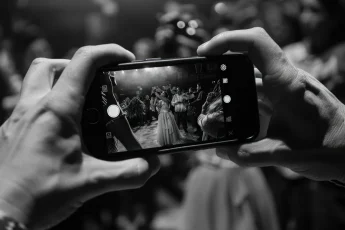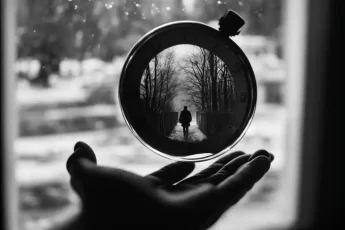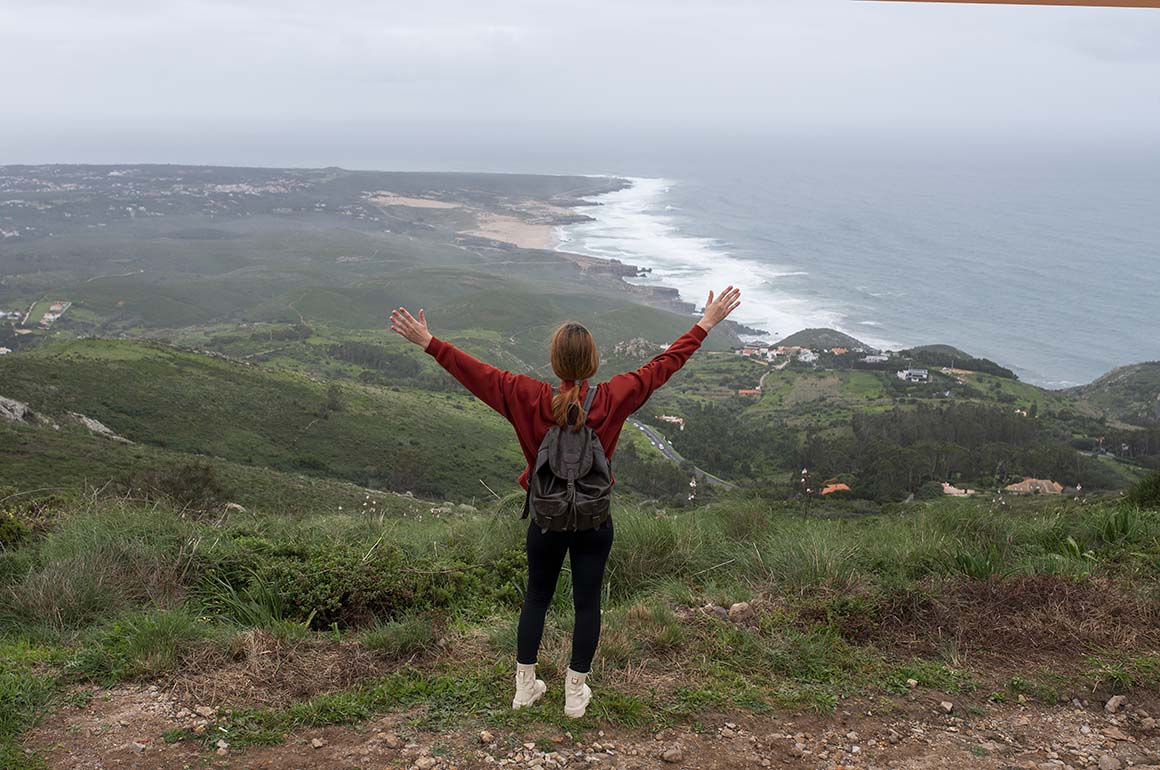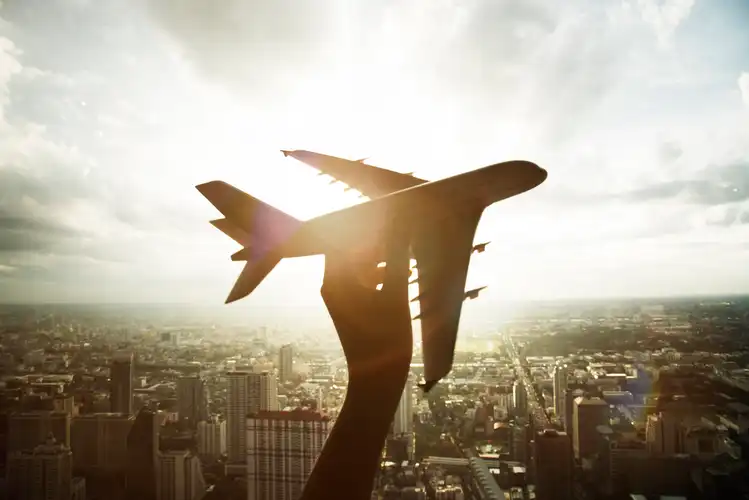Transform Your Photos with These Key Lighting Techniques in Photography

Transform Your Photos with These Key Lighting Techniques in Photography
Master stunning visuals with essential lighting techniques in photography. Discover how the right light can transform your photos into breathtaking works of art
If photography is defined as a painting, lighting is the brush. Without mastering lighting techniques in photography, your images are essentially incomplete.

Lighting can transform a mundane shot into a mesmerizing visual masterpiece. Understanding and utilizing key lighting techniques can elevate your photography from ordinary to extraordinary.

What Is Photography Lighting?
Photography lighting refers to how light is directed and manipulated to enhance a photograph. It encompasses natural and artificial sources, influencing the brightness, color, and mood of the image. The interplay between light and subject shapes a photo’s aesthetic, making the understanding of lighting techniques in photography essential for capturing impactful images.

Vietnamese professional photographer checking his digital camera
The Role of Lighting in Photography
Lighting is the fundamental element in photography, shaping every shot. The term “photography” itself combines the Greek words for “light” and “painting,” underscoring its significance. Mastery of lighting allows photographers to control how subjects appear, how shadows are cast, and how highlights are rendered. This is crucial for achieving the desired effect in any photographic work.
Types of Lighting in Photography

Natural Light
Natural light is sunlight or moonlight that illuminates a scene without human intervention. It varies based on time of day, weather, and geographical location. Utilizing natural light effectively can create stunning images with minimal equipment. For instance, shooting during the golden hour—shortly after sunrise or before sunset—provides a warm, diffused light that enhances the photograph’s quality.

Artificial Light
Artificial light involves using tools like flash units, lamps, and studio lights to control lighting. It’s particularly useful when natural light is insufficient or when specific lighting effects are desired. Techniques such as using softboxes or reflectors can manipulate the light to achieve the desired look.
Key Lighting Techniques in Photography

the photographer fills the order in the studio. unintended photography
Hard Light
Hard light produces sharp shadows and high contrast, making it ideal for creating dramatic effects. This type of lighting emphasizes textures and details, which can be perfect for highlighting the contours of a subject or creating bold visual statements. It’s frequently used in fashion and portrait photography to accentuate the subject’s features.

Soft Light
Soft light, on the other hand, minimizes harsh shadows and provides a gentle, even illumination. This technique is beneficial for portraiture as it smooths out skin imperfections and provides a flattering effect. Soft light is typically achieved using diffusers or softboxes to spread the light source.

Backlighting
Backlighting involves placing the light source behind the subject. This technique creates a silhouette effect or emphasizes the subject’s outline, adding depth and interest. Backlighting is often used in nature and product photography to create striking images with a glowing edge.

Beautiful female model posing at studio in the light flashes
Side Lighting
Side lighting emphasizes the texture and shape of a subject by illuminating it from one side. This method adds dimension and contrast, enhancing the subject’s contours and creating a dramatic effect. It is commonly used in portrait and still life photography to add depth and interest.

cameraman with a camera on a mono-pod at shooting
Split Lighting
Split lighting divides the subject’s face into equal halves of light and shadow. This technique creates a dramatic effect by highlighting only one side of the face while leaving the other in darkness. It’s particularly effective in creating moody or intense portraits.

woman attractive look model photography studio spotlight close-up. High quality photo
Broad Lighting
Broad lighting illuminates the side of the subject facing the camera, casting shadows on the opposite side. This method can make a subject appear more prominent and is often used to create a balanced, straightforward look.

Butterfly Lighting
Butterfly lighting positions the light source above and in front of the subject, creating a distinctive shadow under the nose and chin. This technique is commonly used in portrait photography to enhance facial features and provide a glamorous effect.

Rim Lighting
Rim lighting places the light behind the subject, creating a rim or halo effect around the edges. This technique is useful for separating the subject from the background and adding a striking visual element.
Mastering Lighting Techniques in Photography
To truly excel in photography, one must understand how to position, shape, and manipulate light effectively. Each lighting technique offers unique advantages and can be used in various contexts to achieve specific artistic effects. By experimenting with these techniques, photographers can discover how to best utilize lighting to enhance their images and bring their creative visions to life.
Mastering lighting techniques in photography is crucial for producing visually compelling and professionally polished images.
Whether you are using natural light or artificial sources, understanding how to control and manipulate light will significantly impact the quality and effectiveness of your photography.





 Welcome to this vibrant corner of the internet “Dreamy Grace!” I'm Partha, the enthusiastic administrator behind this lifestyle blog. Feel free to explore, engage, and share your thoughts—after all, this blog is as much yours as it is mine. Happy reading!
Welcome to this vibrant corner of the internet “Dreamy Grace!” I'm Partha, the enthusiastic administrator behind this lifestyle blog. Feel free to explore, engage, and share your thoughts—after all, this blog is as much yours as it is mine. Happy reading!









Leave a Comment